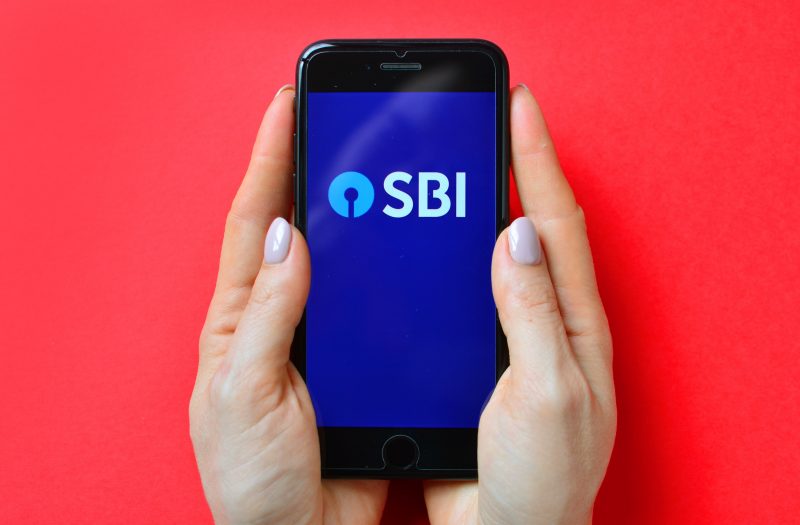The Goods and Service Tax (GST) regime was introduced in India on the 1st of July 2017 and it is been more than two years over. During the implementation of GST, taxpayers faced so many difficulties and some of them are cumbersomeness in some GST provisions, filing more number of returns, performing troublesome reconciliations.
Not only the taxpayer, but the government is also facing difficulties in the GST regime in the form of frauds. These frauds include raising fake invoices, claiming excess Input Tax Credit (ITC) fraudulently, Not passing on the benefit of reduced GST rates to recipients.
Mr Anurag Thakur, the Hon’ble Minister of State for Finance, in a recent reply in Rajya Sabha said that the GST frauds are estimated to be Rs 45,682 crore since the implementation of GST. Out of which Rs 6,520 crore was identified during Apr-Jun period of the current financial year.
A total number of 9,385 cases were reported and out of that 1,593 cases were reported in the first three months of current fiscal. This was a huge loss to the government which affects its revenue collection targets.
The West Bengal Finance Minister, Mr Amit Mitra has concerns over the issue and he had written a letter to Smt Nirmal Sitharaman, Hon’ble Union Finance Minister, asking to set up for a task force which consists of central and state tax officers to detect the tax evasion and to take actions for recovery of the tax from evaders.
Also Read: Impact of GST on BS-VI Implementation by the Government
Also, he claims that the GST frauds were understated in the reply of Mr Anurag Thakur, as these do not include SGST frauds and he expects that the total frauds would cross Rs 1 lakh crore. He also states that GST was not properly rolled and this resulted not only in tax frauds but also towards lower tax collections.
The government is making continuous efforts to curb the tax evasion and taking stringent actions on the tax evaders. The government is also using data analytics to analyse the taxpayers business data to identify the GST frauds and seeking clarifications from taxpayers for any unusual transactions.
The National Anti-profiteering Authority (NAA) is continuously monitoring for identification of cases where the benefit of reduced GST rate was not passed on to recipients. NAA is also initiating actions on those suppliers.
The CBIC is unable to implement the basic idea of GST i.e, invoice level matching of transaction under the present return filing system. This has given a great scope to tax evaders to claim fraudulent ITC.
To fix this gap in the system, CBIC is introducing new return filing system, which is going to be implemented from October 2019. A matching tool concept has been introduced in the new system, to match the invoices by recipients which were uploaded by the suppliers.
The government is also in the process of finalising E-invoicing system which will drastically reduce rasing fake invoices and claiming fraudulent ITC. The implementation of this E-invoicing system needs a heavy IT infrastructure and greater coordination between GST authority and the taxpayers.
DVSR Anjaneyulu known as AJ, is a Chartered Accountant by profession. Loves to listening to music & spending time with family and friends.




